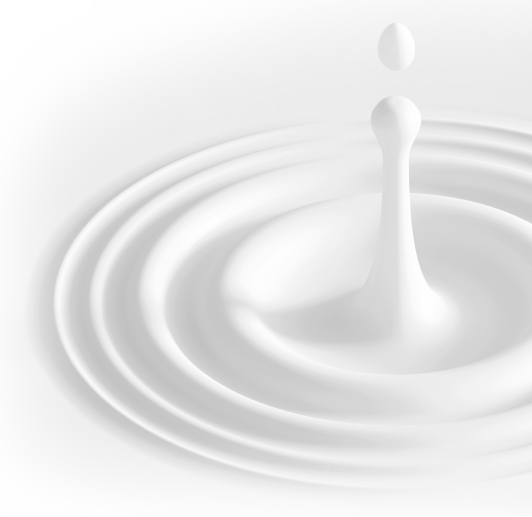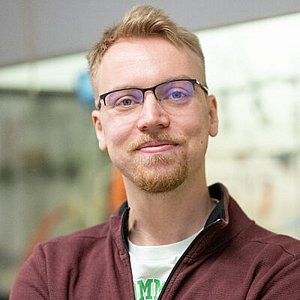Finland feels like at home but also totally different
Jyväskylä, like Bochum, has a big student population. When I arrived at the beginning of August, I could see the first-semester students walking around in colorful boilersuits, finishing student tradition. They wear them for students’ gatherings and parties and decorate them in colorful patches, based upon their “extra-curricular activities”, so parties and social clubs. Around the chemistry building, located across a bridge on the other side of Jyväskylä’s city lake, white boilersuits of the chemistry department were most prominent.
Coming to the labs, my host, Prof. Kari Rissanen, introduced me to his coworkers and showed me their comparatively tiny labs. While at home, I was used to sharing a big lab with six people; there, I was sharing with only one guy - a Ph.D. student of one of Kari’s Post-Docs Jas, who is on his own grant funding now. He was the one who taught me most of the new techniques I got to practice. I had, before my arrival, sent a big package of chemical samples on which we wanted to focus our work, and we got started almost immediately.
A crash-course in crystal engineering
We first focused on getting co-crystals of complexes we at home had already confirmed in solution. I learned a lot about the right choice of solvent, antisolvent and temperature to grow nice, well-diffracting organic crystals. While dichloromethane was an ideal solvent to grow crystals of my compounds, it seemed to have secondary interactions preventing the complexation of the guests I tried to co-crystallize. We had to test many solvents to find suitable conditions for co-crystals to evolve. I also had to learn the hard way that some of my samples – highly fluorinated catalysts – were, under certain conditions, soluble in the cryo-oil used for x-ray diffractometry. In the end, though, we were successful: by slowly growing single-crystals in the solvents and quickly exposing those crystals to a 120 K nitrogen stream, we were “flash-freezing” the solvent-loaded crystals before they could crumble due to desolvation by evaporation of volatile solvents from the crystal lattice. Persistence was rewarded with high- quality images of interesting crystal structures, incorporating solvents into the lattice and showing us what is probably also present in solution.
In summary, I learned a lot about crystal growth and design, which I can now use to modify our systems. I also very much enjoyed the opportunity to work in a new community, a new country with a hard language I did not know, and the opportunities to meet new people interested in our research. I can also highly recommend visiting Finland at least once! Going on a hike in the forests and taking in the solitude and fresh air was almost as relaxing as finishing a sauna.
-----------------------------------------------------
About the author





